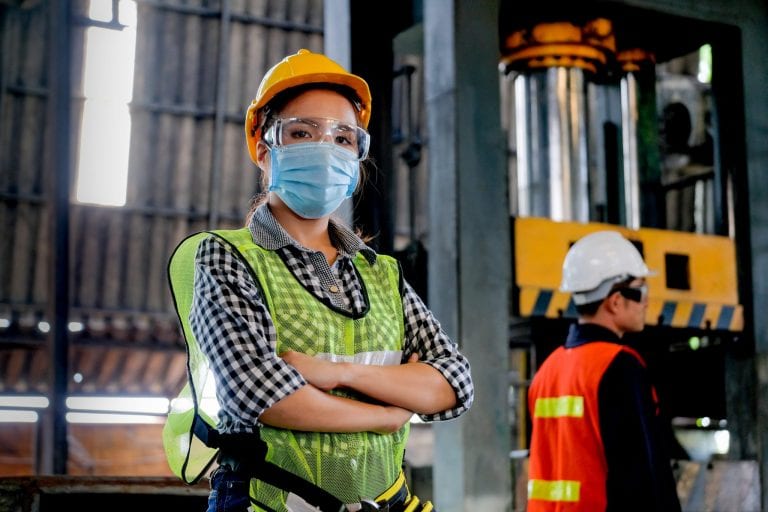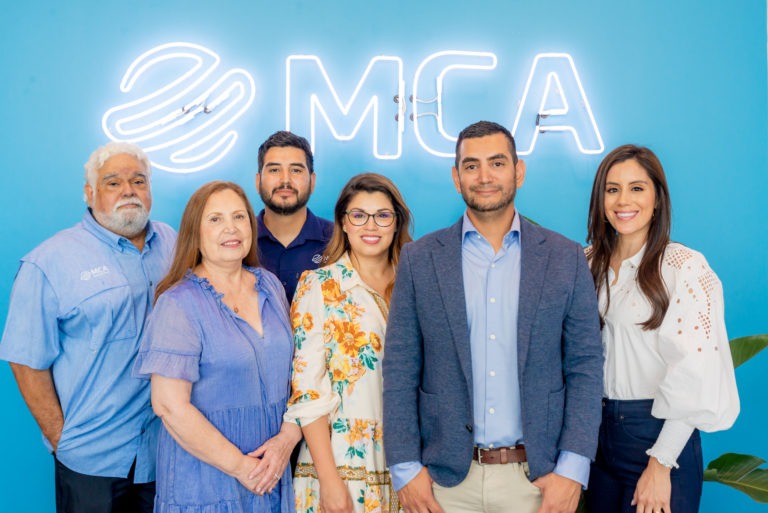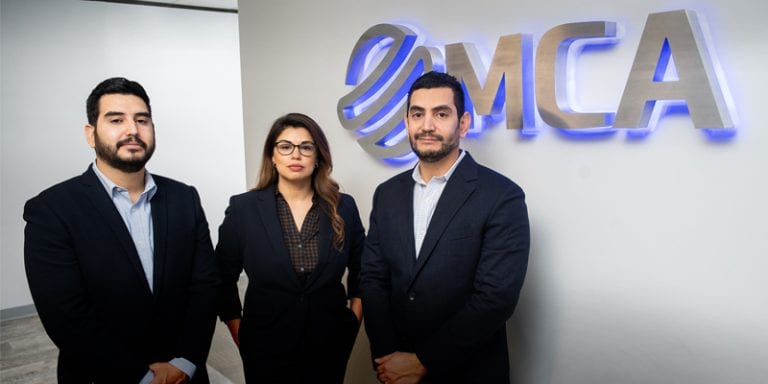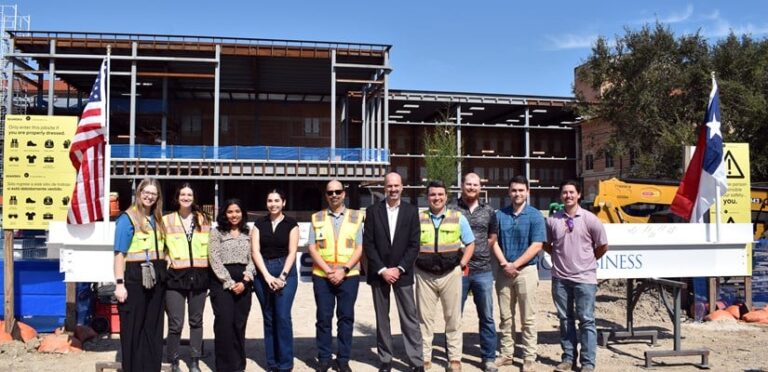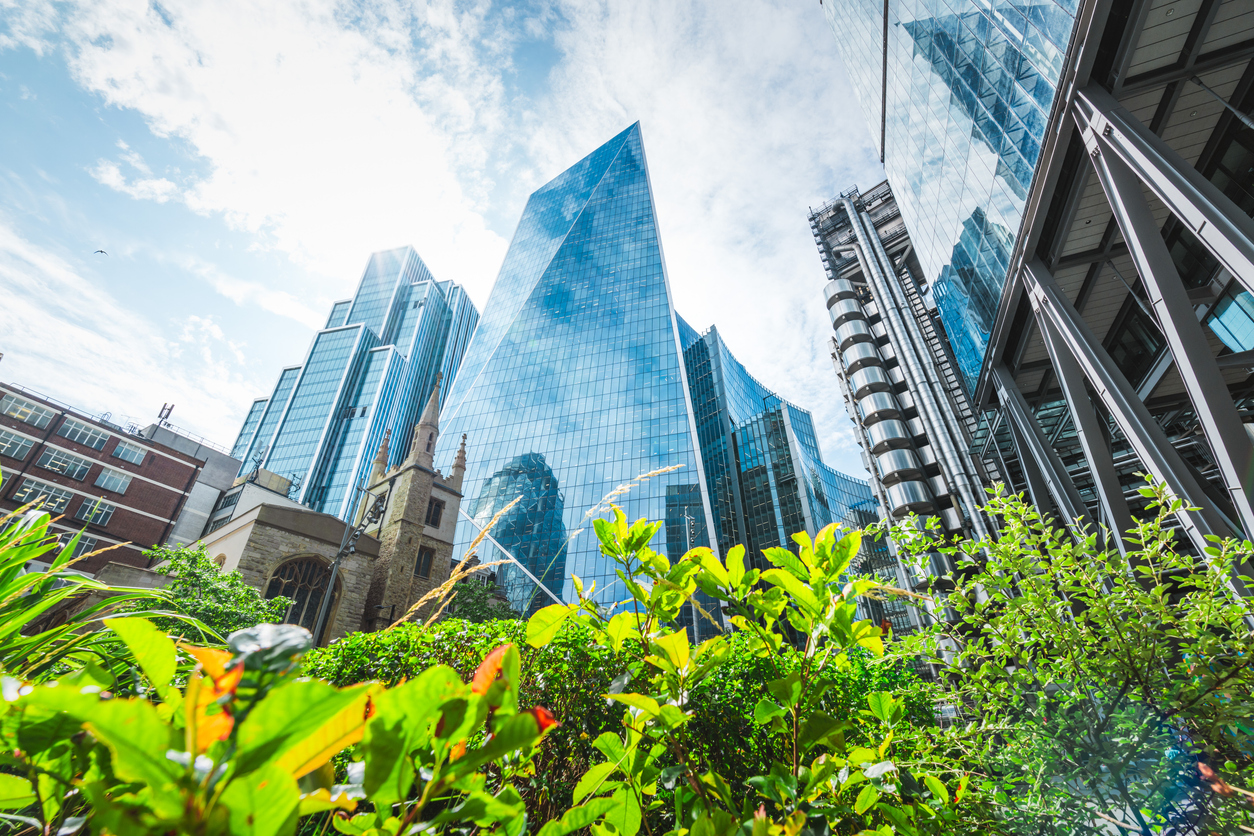
As we move into 2025, the demand for energy-efficient buildings is at an all-time high, driven by both environmental concerns and cost-saving incentives. Building owners, developers, and contractors alike are focusing more on sustainability and energy performance. For subcontractors—especially those in the electrical and mechanical sectors—this shift presents both challenges and exciting opportunities to stay ahead of the curve.
The Growing Importance of Energy-Efficient Systems
Energy-efficient buildings are no longer a luxury; they are a necessity. By implementing high-efficiency systems, building owners can drastically reduce energy consumption, lower operating costs, and contribute to environmental goals such as reducing carbon emissions. Governments around the world are tightening building codes, requiring construction projects to meet stringent energy performance standards. This has created an immense opportunity for subcontractors who are prepared to integrate the latest energy-saving technologies into their projects (U.S. Department of Energy, 2024).
According to the U.S. Department of Energy, buildings account for about two-thirds of carbon dioxide emissions in the United States, highlighting the critical need for energy-efficient improvements in both new and existing structures (Energy.gov, 2024).
For mechanical and electrical subcontractors, this trend means playing a crucial role in the construction of energy-efficient buildings. From high-performance HVAC systems to energy-efficient lighting and electrical systems, these solutions are essential for meeting modern building standards and certifications like LEED (Leadership in Energy and Environmental Design) and Energy Star (U.S. Green Building Council, 2024).
At Texas Electrical and Mechanical Solutions, we like to think of ourselves as a personal trainer for your building’s energy performance. Just as a personal trainer helps you optimize your health, we help optimize the systems that keep your building running efficiently, ensuring that every element—from HVAC to electrical systems—is working at peak performance. We guide our clients through the process, helping them navigate complex systems and maximize energy savings.
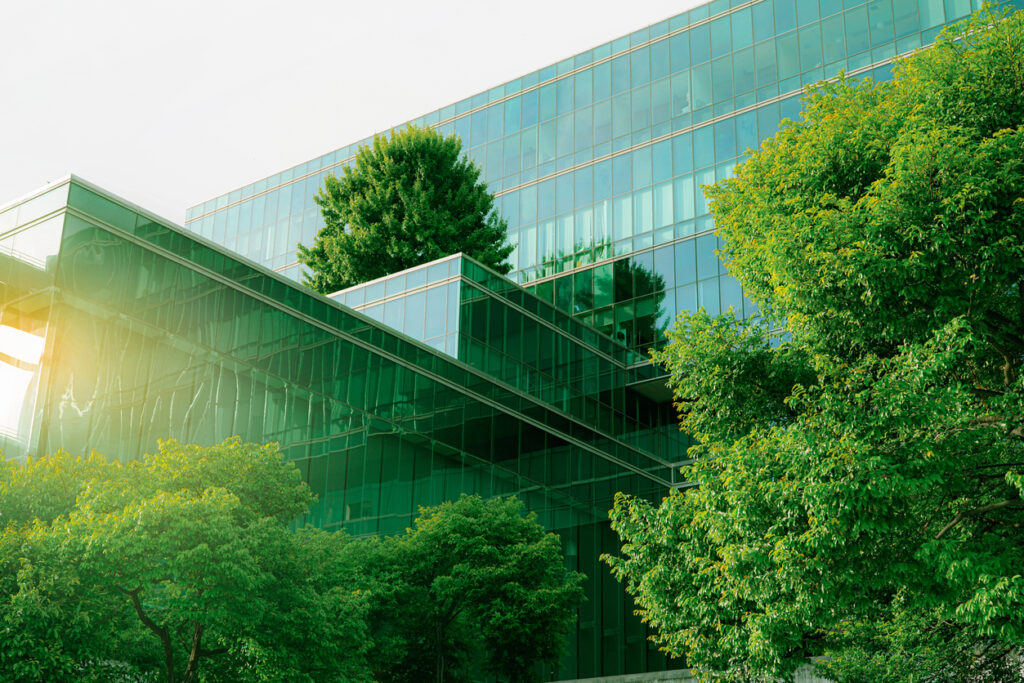
Technologies and Trends Shaping the Future
The future of energy-efficient buildings lies in innovative technologies. Here are some key trends that are reshaping the construction industry and driving the demand for energy-efficient systems:
• Smart Building Technologies: The integration of smart systems that control lighting, heating, and cooling based on occupancy and time of day is one of the most exciting innovations in energy-efficient buildings. These systems allow building owners to automate energy use, further reducing waste and cost (DOE, 2024).
• Advanced HVAC Systems: Energy-efficient HVAC systems, such as variable refrigerant flow (VRF) systems, energy recovery ventilators (ERVs), and geothermal heat pumps, are increasingly being used in both residential and commercial buildings. These systems not only improve energy efficiency but also enhance indoor air quality (Building Technologies Office, 2024).
• LED Lighting and Occupancy Sensors: LED lighting has become the standard in energy-efficient buildings due to its low energy consumption and long lifespan. Occupancy sensors further reduce energy waste by ensuring that lights are only on when needed (Energy Star, 2024).
• Renewable Energy Integration: Solar panels, wind turbines, and other renewable energy sources are playing a more prominent role in energy-efficient buildings. Many modern constructions are now designed to generate their own energy, reducing dependence on external power grids and cutting down operational costs (Energy.gov, 2024).
• High-Performance Insulation and Building Materials: Energy-efficient buildings are using materials that maximize insulation and minimize heat loss, which is critical for reducing heating and cooling costs. From energy-efficient windows to advanced insulation materials, these components play a vital role in achieving high performance (DOE, 2024).
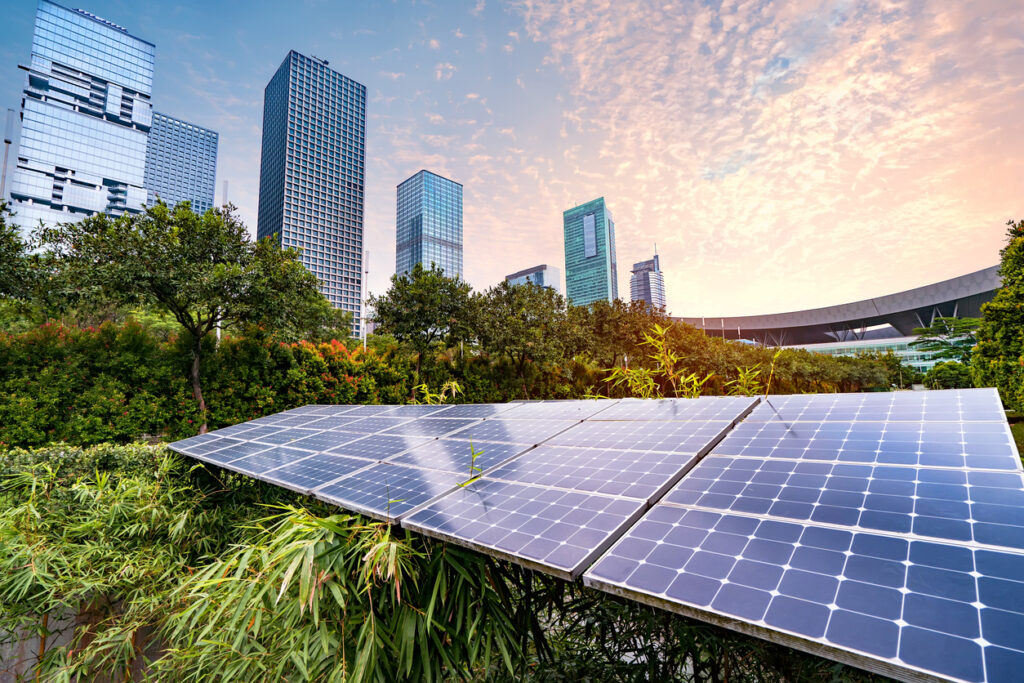
How Subcontractors Can Get Involved
Subcontractors are integral to the construction of energy-efficient buildings. Whether you’re an electrical contractor or a mechanical specialist, your expertise is critical in integrating the necessary systems. Here’s how subcontractors can get involved:
• Get Certified and Stay Current: Certification programs such as Energy Star, LEED, and NATE (North American Technician Excellence) can open doors to specialized projects that demand energy-efficient systems. For electrical and mechanical subcontractors, obtaining the right certifications not only enhances your credibility but also ensures that you’re up to date with industry standards (U.S. Green Building Council, 2024).
• Embrace the Latest Technologies: To stay competitive, subcontractors need to stay ahead of the technology curve. Investing in knowledge and tools to work with energy-efficient systems like smart HVAC controls, energy-efficient lighting, and renewable energy sources will set you apart from others in the field (Building Technologies Office, 2024).
• Collaborate with General Contractors: Partnering with general contractors who are focused on sustainable building practices is a great way to secure energy-efficient projects. Understanding the value of energy efficiency and offering solutions that meet these standards will make you a preferred choice for contractors (Energy.gov, 2024).
• Invest in Training: As technologies continue to evolve, ongoing education is key. Subcontractors who invest in regular training—whether online or in person—will be better equipped to handle the challenges and requirements of energy-efficient projects. From learning how to install and maintain high-efficiency systems to understanding building codes and certifications, investing in training is essential (Energy Star, 2024).
• Promote Your Expertise in Energy-Efficient Solutions: Marketing your company’s energy-efficient capabilities will attract environmentally conscious businesses.
Highlighting your experience with smart systems, energy-efficient HVAC solutions, and sustainable electrical work can help set your business apart.
Practical Steps for Subcontractors to Succeed
For subcontractors eager to embrace the future of energy-efficient buildings, here are a few practical steps:
• Assess Your Current Capabilities: Evaluate your current skill set and identify areas for improvement. If you’re not already well-versed in energy-efficient technologies, look for opportunities to gain certifications and training (DOE, 2024).
• Partner with Suppliers: Work closely with suppliers who provide energy-efficient products and materials. This will ensure you have access to the latest technologies and the best solutions for your projects.
• Stay Informed on Industry Trends: The energy-efficient building industry is evolving rapidly. By attending industry events, reading trade publications, and participating in forums, you can stay up to date on the latest trends and regulations (Energy.gov, 2024).
• Communicate with Clients: When discussing potential projects with clients, educate them on the value of energy-efficient systems. Share how investing in these systems can save them money in the long run through reduced energy bills and increased property value (Energy Star, 2024).
This work is licensed under a Creative Commons Attribution-Non-Commercial 4.0 International License.
About the Author: Tiffani Robinson
Tiffani Robinson is the President of Texas Electrical and Mechanical Solutions, a company specializing in energy-efficient electrical and mechanical solutions. With over 20 years of combined experience in new construction, finance, and expertise in electrical and mechanical systems, Tiffani’s leadership has been a key factor in the company’s success. Under her direction, the team optimizes building systems for peak performance, ensuring energy efficiency, sustainability, and helping builders remain on schedule and
within budget.
Under Tiffani’s guidance, the company has completed over 40 residential new construction projects and provided commercial facilities/maintenance services to over 20 businesses. Texas Electrical and Mechanical Solutions has also generated over $185,500 in eligible energy-efficient tax credits, helping builders fully benefit from Energy Star tax incentives. This success is the result of a collaborative effort from the experienced team, driven by Tiffani’s vision, to deliver exceptional service while meeting the latest energy performance standards.
Tiffani is also deeply committed to workforce development, working to nurture the next generation of electrical and mechanical technicians. By providing training and mentorship, she ensures that aspiring technicians have the skills needed to thrive in the industry.
As Texas Electrical and Mechanical Solutions continues to expand, Tiffani remains dedicated to staying at the cutting edge of the industry, adopting new technologies and certifications that enhance energy efficiency and promote sustainable building practices.
Her commitment to excellence drives her mission to make a positive impact on both the environment and the communities she serves.
References
• U.S. Department of Energy. (2024). Energy Efficient Buildings. Retrieved from https://www.energy.gov/eere/buildings/energy-efficient-buildings
• U.S. Green Building Council. (2024). LEED Certification. Retrieved from https://www.usgbc.org/leed
• Energy Star. (2024). Tax Incentives for Energy Efficiency. Retrieved from https://www.energystar.gov/about/federal_tax_credits
By: Tiffani Robinson, Texas Electrical and Mechanical Solutions



